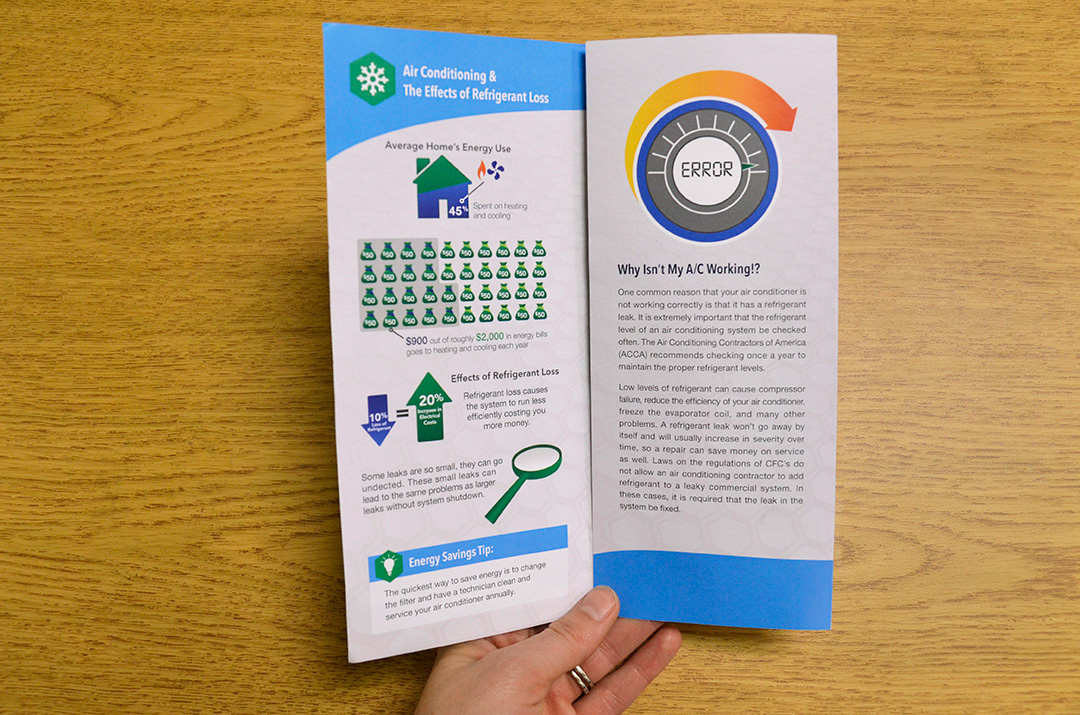The Ultimate Guide To Understanding Warm Pumps - How Do They Function?
The Ultimate Guide To Understanding Warm Pumps - How Do They Function?
Blog Article
Article Author-Neergaard Raymond
The very best heat pumps can save you significant amounts of money on energy costs. They can additionally help reduce greenhouse gas emissions, especially if you make use of power instead of nonrenewable fuel sources like propane and home heating oil or electric-resistance furnaces.
Heatpump work quite the like ac unit do. This makes them a practical option to standard electric home heating unit.
Exactly how They Function
Heatpump cool down homes in the summertime and, with a little help from electrical energy or natural gas, they offer some of your home's home heating in the winter season. They're a great choice for individuals who want to decrease their use of nonrenewable fuel sources yet aren't ready to change their existing furnace and a/c system.
They count on the physical fact that also in air that appears too cold, there's still power existing: cozy air is constantly relocating, and it intends to move into cooler, lower-pressure atmospheres like your home.
The majority of ENERGY celebrity accredited heat pumps operate at near their heating or cooling capability throughout a lot of the year, reducing on/off biking and conserving energy. For the best efficiency, concentrate on systems with a high SEER and HSPF score.
The Compressor
The heart of the heatpump is the compressor, which is additionally known as an air compressor. This mechanical streaming tool utilizes prospective power from power development to raise the pressure of a gas by lowering its volume. It is different from a pump in that it only services gases and can't deal with liquids, as pumps do.
Atmospheric air gets in the compressor with an inlet valve. It travels around vane-mounted arms with self-adjusting size that divide the interior of the compressor, developing multiple dental caries of differing dimension. https://abc7news.com/service-champions-heating-and-air-conditioning-jobs-job-posting-bay-area/6267649/ to move in and out of phase with each other, compressing the air.
The compressor pulls in the low-temperature, high-pressure cooling agent vapor from the evaporator and presses it right into the hot, pressurized state of a gas. This procedure is duplicated as required to supply heating or air conditioning as called for. The compressor also contains a desuperheater coil that reuses the waste warmth and adds superheat to the refrigerant, changing it from its liquid to vapor state.
The Evaporator
The evaporator in heatpump does the exact same thing as it does in refrigerators and air conditioning system, altering fluid cooling agent right into an aeriform vapor that eliminates heat from the room. Heat pump systems would certainly not work without this vital tool.
This part of the system is located inside your home or building in an interior air trainer, which can be either a ducted or ductless unit. It includes an evaporator coil and the compressor that compresses the low-pressure vapor from the evaporator to high pressure gas.
heat pump service cost nz absorb ambient heat from the air, and after that use electrical energy to move that warmth to a home or service in heating setting. That makes them a great deal extra energy reliable than electrical heaters or heating systems, and since they're utilizing clean electrical power from the grid (and not melting gas), they likewise create far less discharges. That's why heat pumps are such great ecological choices. (Not to mention a huge reason they're becoming so popular.).
The Thermostat.
Heatpump are fantastic choices for homes in cold environments, and you can use them in mix with traditional duct-based systems or even go ductless. They're a terrific alternate to fossil fuel heater or standard electric furnaces, and they're much more sustainable than oil, gas or nuclear HVAC equipment.
Your thermostat is one of the most vital element of your heatpump system, and it works very in a different way than a traditional thermostat. All mechanical thermostats (all non-electronic ones) job by utilizing materials that transform size with increasing temperature, like coiled bimetallic strips or the expanding wax in a cars and truck radiator shutoff.
These strips consist of two various sorts of metal, and they're bolted together to form a bridge that completes an electrical circuit connected to your cooling and heating system. As the strip gets warmer, one side of the bridge broadens faster than the various other, which causes it to bend and indicate that the heating unit is required. When the heatpump is in heating setting, the turning around valve reverses the flow of cooling agent, to make sure that the outdoors coil now operates as an evaporator and the interior cyndrical tube ends up being a condenser.